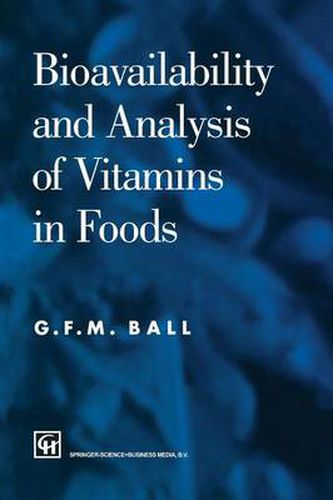Readings Newsletter
Become a Readings Member to make your shopping experience even easier.
Sign in or sign up for free!
You’re not far away from qualifying for FREE standard shipping within Australia
You’ve qualified for FREE standard shipping within Australia
The cart is loading…






This title is printed to order. This book may have been self-published. If so, we cannot guarantee the quality of the content. In the main most books will have gone through the editing process however some may not. We therefore suggest that you be aware of this before ordering this book. If in doubt check either the author or publisher’s details as we are unable to accept any returns unless they are faulty. Please contact us if you have any questions.
Every country in the world is concerned with the nutritional status of its population and in utilizing its natural food resources in the most effective way possible. Surveys based on food intakes and food compositional data are being conducted with the object of establishing recommended intakes of vitamins. These recommendations are constantly being changed as new knowledge comes to light. Analytical techniques using physicochemical and microbiological methods have been largely developed to determine the total vitamin content of a food commodity or diet using the most rigorous extraction method commensurate with the stability of the vitamin. The extraction procedures frequently involve prolonged heating of suitably prepared food samples at extremes of pH to liberate vitamins from chemically bound forms in the food matrix or to remove a preponderance of fat from fatty foods. For several vitamins the data obtained by these means grossly overestimate the nutritional value of the food because the human digestive system fails to liberate bound vitamin forms for subsequent absorption by the intestine. This statement is borne out by reports of vitamin deficiency in situations where the dietary supply of vitamin is adequate on the basis of conventional analysis. Various research labora- tories are directing their effort toward the estimation of bioavailable vitamin, i. e. the proportion of vitamin in the food which is available for utilization by the body. So far, few data have been published and there are many gaps in the knowledge required to interpret experimental results.
$9.00 standard shipping within Australia
FREE standard shipping within Australia for orders over $100.00
Express & International shipping calculated at checkout
This title is printed to order. This book may have been self-published. If so, we cannot guarantee the quality of the content. In the main most books will have gone through the editing process however some may not. We therefore suggest that you be aware of this before ordering this book. If in doubt check either the author or publisher’s details as we are unable to accept any returns unless they are faulty. Please contact us if you have any questions.
Every country in the world is concerned with the nutritional status of its population and in utilizing its natural food resources in the most effective way possible. Surveys based on food intakes and food compositional data are being conducted with the object of establishing recommended intakes of vitamins. These recommendations are constantly being changed as new knowledge comes to light. Analytical techniques using physicochemical and microbiological methods have been largely developed to determine the total vitamin content of a food commodity or diet using the most rigorous extraction method commensurate with the stability of the vitamin. The extraction procedures frequently involve prolonged heating of suitably prepared food samples at extremes of pH to liberate vitamins from chemically bound forms in the food matrix or to remove a preponderance of fat from fatty foods. For several vitamins the data obtained by these means grossly overestimate the nutritional value of the food because the human digestive system fails to liberate bound vitamin forms for subsequent absorption by the intestine. This statement is borne out by reports of vitamin deficiency in situations where the dietary supply of vitamin is adequate on the basis of conventional analysis. Various research labora- tories are directing their effort toward the estimation of bioavailable vitamin, i. e. the proportion of vitamin in the food which is available for utilization by the body. So far, few data have been published and there are many gaps in the knowledge required to interpret experimental results.